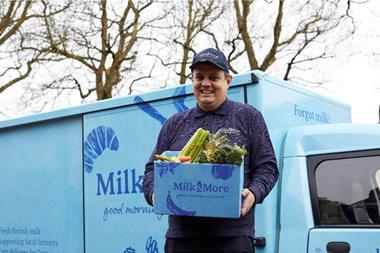
Suppliers often struggle to get their ideas heard and valued by retailers. There has always been a good reason for this struggle. Buyers are typically overloaded with demands on their attention – it is a high-pace, intense job. But the problem is now more acute. There are increased tensions in retailer-supplier relationships, driven by cost inflation. Plus the number of buyers is reducing, making their span wider.
Yet most buyers are crying out for good ideas – it’s just they often can’t see them from their suppliers. So, for everyone’s sake, how can suppliers get better at getting good ideas heard?
First, build a proper story. Don’t make the classic mistake of asking people in your various divisions to do a few slides on what they want to say to the retailer, meet up in a week’s time, cobble them all together and add a conclusions page. That’s going to be a poor presentation.
Instead, have a quality, focused conversation with key colleagues, agree your proposal and have one individual capture it as a logical story. The story needs to be simple enough to easily recite. Only when you have that, do the PowerPoint, if you must.
Second, use fewer numbers. It is common for pitches to be overloaded with numbers. It isn’t surprising – retailers often say they value data and insight. But there’s an interesting phenomenon with numbers: the more you use, the less powerful each becomes.
So choose a few numbers carefully. We call them ‘magic numbers’. Don’t show the trip conversion of lots of different categories in different retailers. Instead, pick two numbers: perhaps retailer X converts 20% of trips to a dairy purchase, whilst their biggest rival converts 25%. Those numbers are more likely to be remembered. Less is more.
Third, show and tell. At the weekend, a medical student told me she’d found it very hard to retain all the information from her first two years at university. This third year, she finds it much easier – because she’s doing practical work in hospitals.
I was reminded of this principle when I saw a presentation to a large retailer by a fresh protein company recently. The packaging innovation slides were good, but the room came alive when the buyers began to play with the actual packs, squashing them, testing robustness. Engagement shot up when they were presented with a bit of theatre. Showing and telling requires a lot of work, but it’s worth it. Buyers remember it.
So you want to get an idea heard? It must be a good idea, of course. But you need more. Tell a story, reduce the number of numbers, show and tell. You are one of hundreds of voices the buyer will hear this month, so you need to work hard to be heard.



















No comments yet